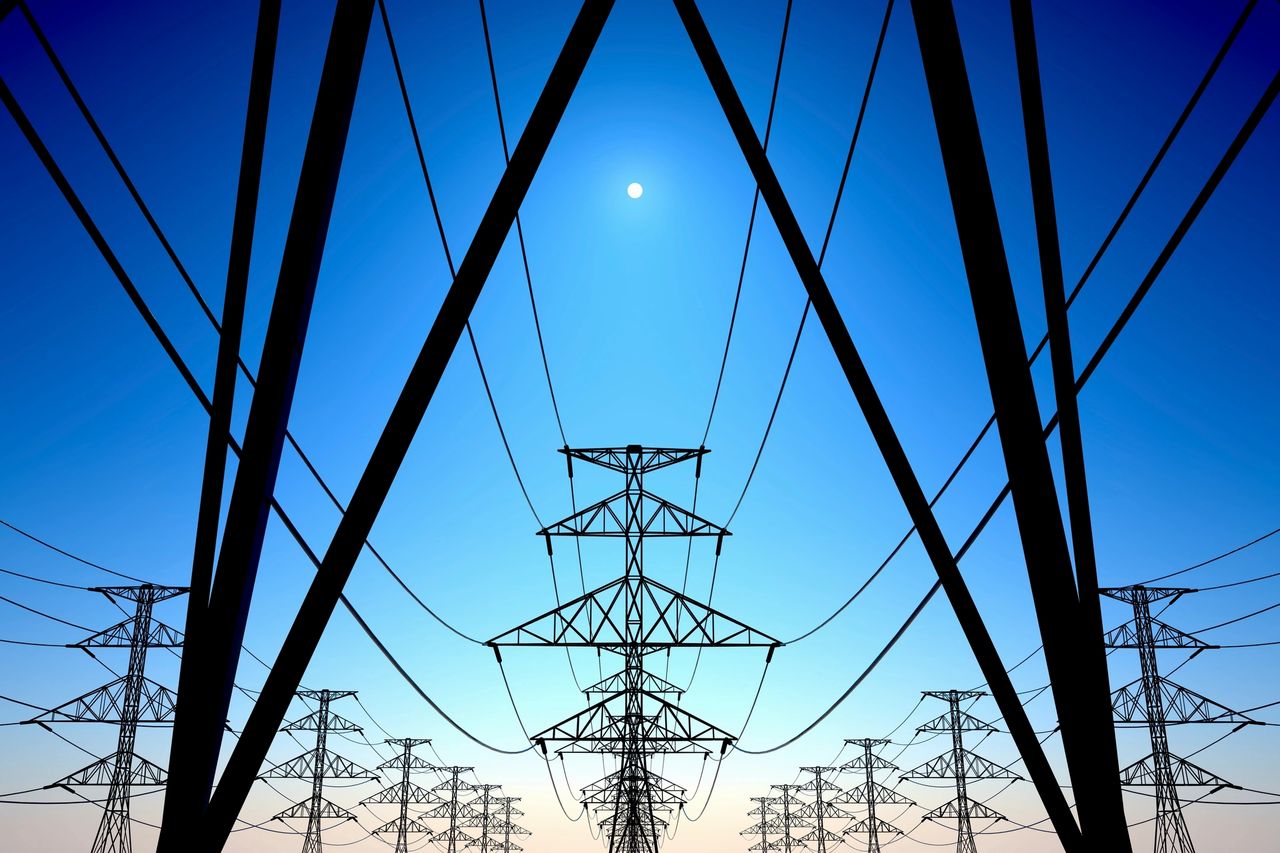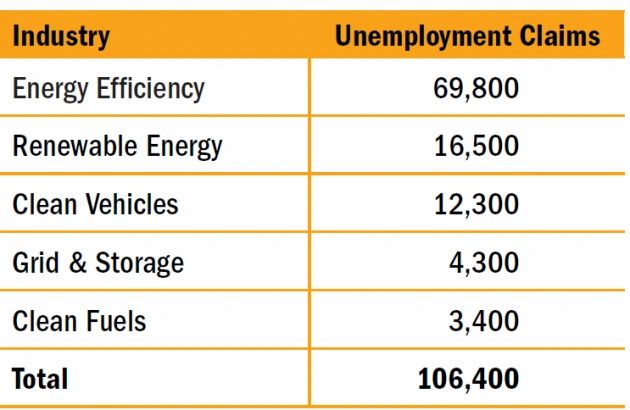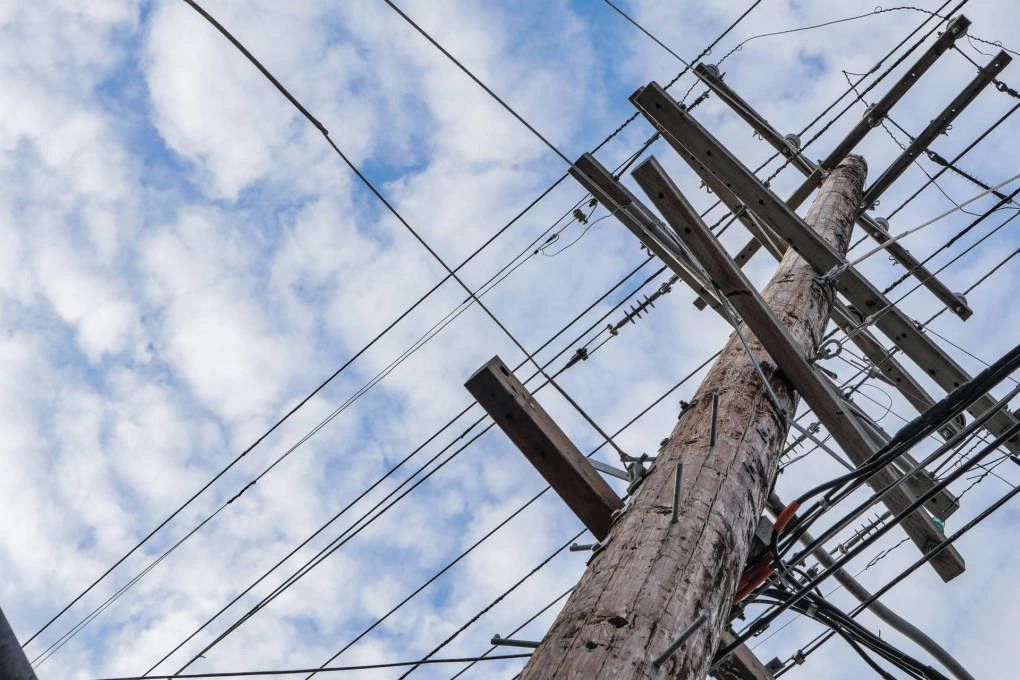IO NEWS
How Can Utilities Help Customers and Renewable Energy Companies?

The pandemic has tangibly affected all sectors of our world. Older business practices are being rewritten at a rapid pace, as to make way for this new abnormal reality. With disruption, there are unique opportunities for growth.
This could not be more true for the energy industry, and for the clean energy industry in particular. As documented within the E2 Clean Jobs America 2020 report, "As a result of the industry’s consistent growth, clean energy accounted for more than 40 percent of America’s entire energy workforce and over 2.25% of the nation’s overall employment at the end of 2019." The quarantine has hit our industry at a critical time of growth. As seen in an article by Microgrid Knowledge, more than 100,000 jobs within the renewable industry have been lost in March.

As reported by Utility Dive, "Of the 212 companies polled recently by the California Solar and Storage Association (CalSSA), 92% are seeing the pandemic negatively impact their business, while 46% have rolled out some combination of layoffs, furloughs and pay cuts, according to Brad Heavner, the association’s policy director."
As a result, utilities nationwide have been forced to rethink their business as usual strategies, and offer ways to help their customers and industry allies. Seen in the Utility Dive report, "'You really can’t do things the way you’ve always done them,' said Maureen Coveney Bolen, managing director, customer experience for Utegration, a full-service SAP consulting company that works exclusively with utilities. 'But that’s OK, and what we are seeing is that proactive and innovative utilities are looking at the market and finding ways to make investments that yield higher customer satisfaction and loyalty and also finding ways to generate credibility and trust with regulators by being more transparent and responsive.'"
Assistance for Ratepayers?
This being said, how can utilities help their customers during these troubling times? As suggested by Utility Dive, the following actions may help:
- "Restore access to service for any utility customer whose service has been cut off without requiring a hefty down payment on overdue bills, and develop strong disconnection protections for vulnerable customers going forward. These include cutoff moratoriums seasonally when the weather necessitates, and year-round for low-income households where occupants are elderly or disabled or where there is an infant."
- "Waive late payment fees that have accrued and prohibit such fees and security deposit tactics into the future as well. These types of punitive measures don't lead to more timely payments by cash-strapped households."
- "For past-due bills, provide deferred payment plan options that are affordable based on a household's actual income and expenses, and that extend over a term that doesn't strain household cash flow limitations. This is a design principle for these plans that's always needed, no matter what the cause of financial hardship."
- "For households with low incomes, use debt forgiveness programs that avoid adding to current monthly bills. One approach is to write down debt all at once. Another approach is to eliminate a portion of the overdue balance every month, as long as the customer keeps current on their bills, and their bills are affordable."
- "Expand bill payment programs that reduce monthly bills to an affordable level. These programs already exist in many states but need to serve the full scope of need. A common effective approach is to reduce total bills by a set percentage, or to cap total bills at a percentage of household income."
- "As weatherization crews safely return to work, expand access to comprehensive whole-house energy efficiency and retrofit opportunities so that households living on lower incomes can lower their energy bills — a highly effective investment in long-term affordability and resilience."
- "Programs and policies for consumer protection are far more effective when utilities, regulators and advocates know exactly what affordability challenges residents are facing, and who is facing them. This means requiring much more comprehensive utility tracking and reporting of data on residential customer overdue bills, disconnections and repayment efforts, while still respecting billpayer privacy."
- Offering cash incentives instead of rebates or tax credits for energy efficiency projects is a creative way to get money directly into the pockets of homeowners during this crisis.
- Changing utility rate codes and creating more utility programs that prioritize actionable behavioral practices which customers can engage in during the quarantine, such as the creation of time of use rates and opt-in demand response programs, will further grid efficiency initiatives while potentially reducing the average cost of electricity for homeowners.
- Allowing net energy export, and for batteries to export excess energy throughout the day, will allow businesses with distributed energy resources currently installed on the property to still become profitable. In many states, the export of energy from a battery, or the export of solar energy entirely, is limited by the maximum demand at that time. While businesses are quarantining, the overall demand is much less than normal. Many current utility policies are forcing the curtailment of this clean on-site energy. This limitation of renewable energy generation reduces a potential income generator for businesses that need all the help they can get.
- Reducing demand charges for businesses in quarantine may be appropriate. To determine demand charges for any given month, the utility finds the highest peak usage of energy during a select period of time. As seen in DemandQ, "demand charges vary by state and season, and by electricity provider, but there are utilities in all 50 states that issue demand charges for peaks in energy use. Utility demand charges significantly impact energy costs across much of the US and are increasing 8% per year. Peak demand charges make up 20-50% of a commercial site’s monthly electric bill." Many businesses that have shut down during the quarantine will soon find that their energy bill is almost just as expensive as it was during full operation, even though there have been no employees present, due to how demand charges are calculated.
Assistance for Industry Partners and Renewable Energy Workers?
- Some utilities, such as those within California, have been re-working and re-evaluating the way electricity is valued. Through revisiting whether or not the avoided cost of energy transmission should be included in the value of distributed energy resources like solar, the Californian Power Utility Commission may pave the path for future Microgrid growth. As stated by Microgrid Knowledge, if the utilities were to correctly value the cost of distributed energy through including the avoided cost of energy transmission, they avoid "flawed planning and program development, [which would have] potentially saddled ratepayers with billions of dollars of misdirected investments, and less than ideal outcomes for grid resilience and environmental effects."
- Some utilities have worked hand-in-hand with policymakers to re-affirm climate goals, just as has been done in Houston Texas for their Climate Action Plan, seen here.
- Many utilities are offering virtual inspections, training, and deadline extensions. As reported by Microgrid Knowledge, in Long Island, "for the contractors who, due to COVID-19, aren’t now allowed to do physical installations of equipment, PSEG offers free online training programs that allow them to expand their expertise while they’re not working. They include home energy audit certification training and technical training in issues such as how to size heat pumps for homes and businesses." Many utilities have been offering similar services. Microgrid Knowledge themselves has transitioned their upcoming conference to a free digital resource.
- The promotion of the renewable energy industry and microgrids as a whole, directed by utility companies, can act as a primer for the rejuvenation of the green energy industry. Quoted within an article by Microgrid Knowledge, "AJ Perkins, president of Instant On, a company that focuses on nanogrids, said that utility support of customers’ DER projects is a win-win — during this crisis and into the future. 'By creating a ‘customer centric, utility supported’ approach, utilities benefit as customers are willing and able to engage with utility DER programs designed to optimize grid management and stability.'"

Though a path forward can be conceptualized, our work is just beginning. The challenges imposed by COVID-19 must not overshadow the concerns our utility grid already has been facing. Through observing the first 2020 power outage in California, as example, we've already seen the hint of what may be to come if we do not stay focused in our efforts to create connected and resilient distributed energy resources. While utilities like PG&E and SCE have abandoned big microgrid plans for temporary emergency measures as wildfire season nears, the industry as a whole must come together to insist on resiliency.
As stated by Microgrid Knowledge, "It will be months before the economy rights itself and life returns to some semblance of normal. In the meantime, we cannot lose sight of how important clean energy will be in that recovery. States like Connecticut, New York, and California have been leaders as they figure out how to keep the clean energy workforce alive while we ride out this crisis and what to do next. Scaling up clean energy as soon as possible after the pandemic subsides will help people struggling to pay their energy bills and help get people back to work."
Published by David Perzynski on 5/1/2020.
Thank you to Microgrid Knowledge and Utility Dive for the amazing weekly content.
For more information about IO's approach, contact Instant ON here.
Follow us on Youtube for our weekly Friday podcasts here.
To receive our weekly news updates, enter your email here.
Follow us on Linkedin here.
Follow us on Facebook here.